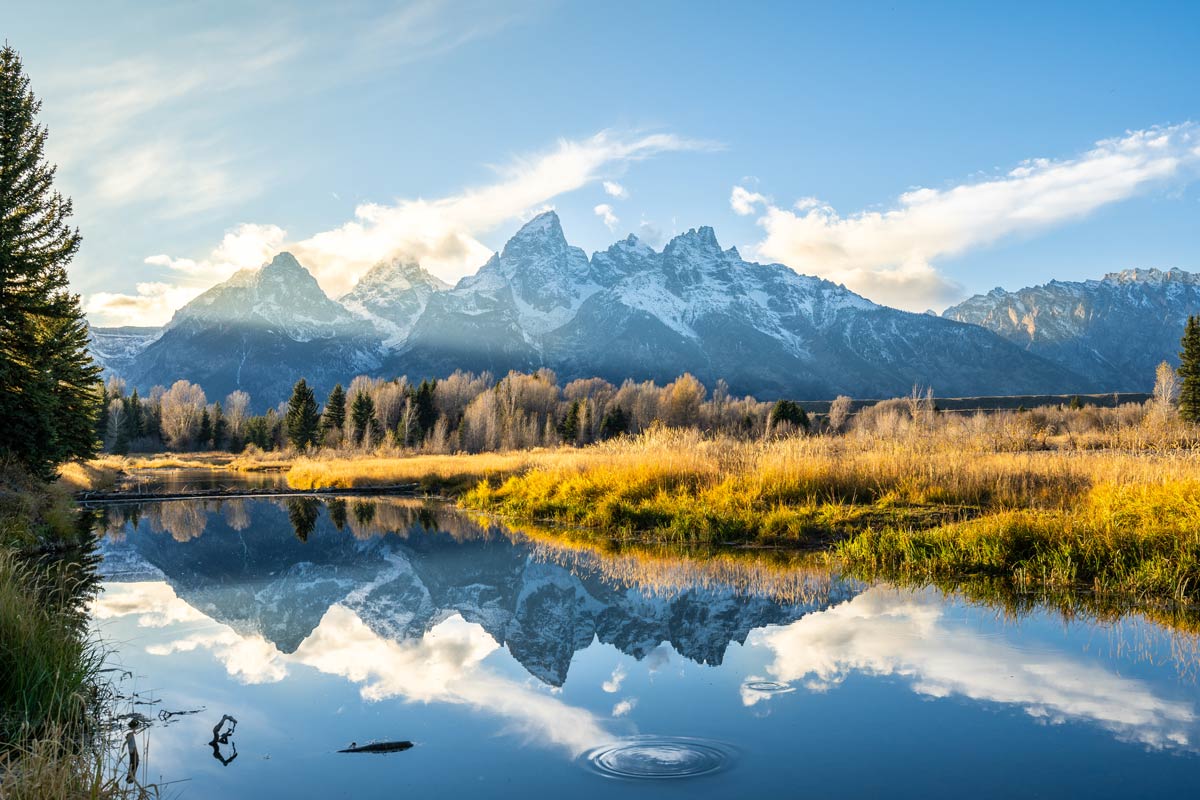A new meteorological station now in place on Mount Everest is providing hourly updates online from its position 8,000 metres above sea level. The station will supply valuable information to climbers and scientists researching climate change.
The world’s highest automatic weather station, installed in May on Everest’s South Col on the Nepali side of the mountain provides data on indicators such as wind direction and speed, temperature and humidity. The information is continuously published online.
The construction of the weather station was part of the mountaineering and scientific expedition, “SHARE Everest 2008”, led by Agostino Da Polenza, President of the Ev-K2-CNR Committee, an Italian association dedicated to research and sustainable development in mountain regions.
The work was carried out by Italian mountaineers and Nepali climbers who did the ascent and work without the use of supplemental oxygen. The team, carrying about 50kg of technical material, completed the installation during a snowstorm.
“It was a tough job, but we did it,” team member Silvio “Gnaro” Mondinelli said on the SHARE Everest 2008 website. “It was freezing, but we set up all the equipment quickly, even if the storm made moving and breathing more difficult than it already was without supplemental oxygen.”
The first data sent from the station at 4pm, Nepali time, on May 15 was: air temperature -17 °C, relative humidity 41,3 %, atmospheric pressure 382,1 hPa, wind direction 262,8°, wind speed 12,8 m/s, global solar radiation 711,9 W/m2, solar UVA radiation 30,4 w/m2.
“I’m really proud of this achievement,” said Da Polenza. “This station will be integrated in the environment monitoring network of our programme SHARE (Stations at High Altitude for Research on the Environment), providing a unique contribution to the international scientific community, given the altitude at which the data is collected. In particular, the international monitoring projects coordinated by UNEP (United Nations Environment Programme) and WMO (World Meteorological Organization) in which we participate will benefit from this new knowledge.”
Italian scientists say the collected data will improve understanding of atmospheric circulation, particularly regarding the exchange of air masses between the troposphere and stratosphere and the thermal gradient.
Nepal’s meteorological services will also be able to use the information to improve weather forecasting for Himalayan mountaineering expeditions.
More information about the construction of the weather station, as well as technical details, can be found on the Ev-K2-CNR web site.


